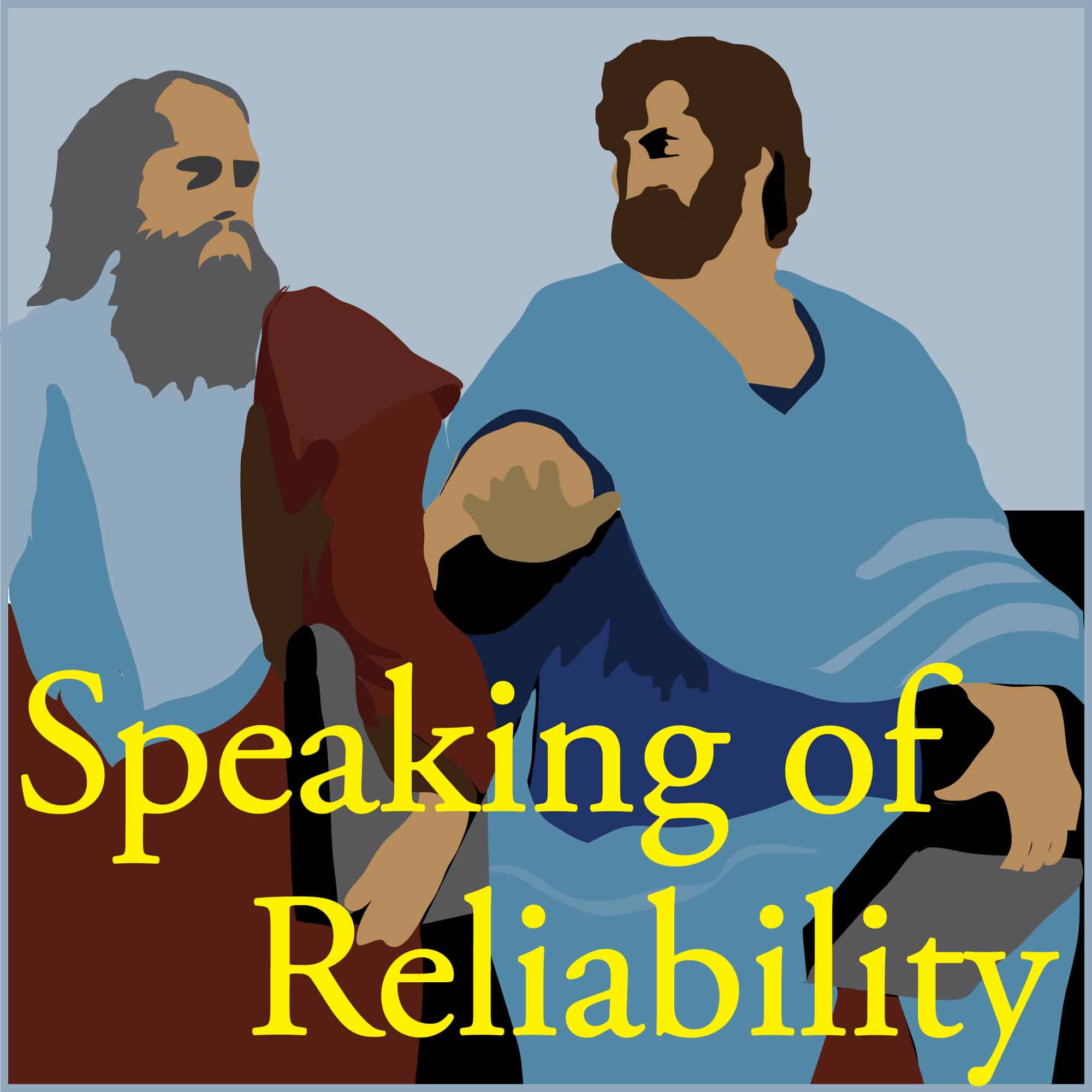

Speaking Of Reliability: Friends Discussing Reliability Engineering Topics | Warranty | Plant Maintenance
Reliability.FM: Accendo Reliability, focused on improving your reliability program and career
Gain the experience of your peers to accelerate improvement of your program and career. Improve your product development process, reliability or warranty performance; or your plant uptime or asset performance. Learn about reliability and maintenance engineering practical approaches, skills, and techniques. Join the conversation today.
Episodes
Mentioned books

Dec 8, 2025 • 0sec
SOR 1129 Today’s New Reliability Challenge
Today’s New Reliability Challenge Abstract Mojan and Fred discuss the range of new challenges facing reliability engineering work. Key Points Join Mohan and Fred as they discuss today’s reliability challenges that face today’s reliability engineers and teams. Topics include: Many are challenges that rythem with the challenges in the past, like shorter development times and […]

Dec 5, 2025 • 0sec
SOR 1128 Reliability ≠ Testing
Reliability ≠ Testing Abstract Mojan and Fred discuss the idea that a product’s reliability is not the same as doing reliability testing. Key Points Join Mohan and Fred as they discuss the importance of not confusing testing with a product’s actual reliability. Topics include: A product’s reliability exists whether or not we perform any testing. […]

Dec 1, 2025 • 0sec
SOR 1127 Understanding Assumptions
Understanding Assumptions Abstract Carl and Fred discuss why it essential for reliability engineers to understand the assumptions that go into any reliability activity. Key Points Join Carl and Fred as they discuss the broad subject of assumptions. What are they? When are they needed? Why are they important? Topics include: How often do assumptions go […]

Nov 28, 2025 • 0sec
SOR 1126 Good and Bad Meetings
Good and Bad Meetings Abstract Carl and Fred discuss what makes some meetings really useful and others a waste of time. Key Points Join Carl and Fred as they discuss how to lead or participate in effective meetings. Topics include: Classes are available on how to run excellent meetings. Leading or participating in effective meetings […]

Nov 24, 2025 • 0sec
SOR 1125 Roofing Material Failure
Roofing Material Failure Abstract Kirk and Fred discuss the recent failure of his roofing tiles and the testing that should have been done for roofing materials that will be used in all geographical locations. Key Points Join Kirk and Fred as they discuss how his roofing failed and the manufacturer going out of business Topics […]

Nov 21, 2025 • 0sec
SOR 1124 The Future of HALT
The Future of HALT Abstract Kirk and Fred discuss the future of Highly Accelerated Limit Testing (HALT), which is not a life test, despite its initial designation. Key Points Join Kirk and Fred as they discuss how HALT may evolve in the future with the combination of AI. Topics include: First, Fred and I would […]

Nov 17, 2025 • 0sec
SOR 1123 From MTBF to AI – Rapid Fire Reliability Questions
From MTBF to AI – Rapid Fire Reliability Questions Abstract Mojan and Fred discuss a range of topics in a rapid-fire fashion. Key Points This episode takes a rapid-fire approach to some of the most debated questions in reliability engineering — from “zero failures” to AI’s role in failure prediction. We share quick takes, counterpoints, […]

Nov 14, 2025 • 0sec
SOR 1122 The Right to Repair
The Right to Repair Abstract Mojan and Fred discuss the Right to Repair and how the balance between reparability, reliability, and customer experience. Key Points Join Mojan and Fred as they discuss The Right to Repair movement raises a tricky question: how much reparability should companies really design for? In this episode, we dig into […]

Nov 10, 2025 • 0sec
SOR 1121 The Role of Stories
The Role of Stories Abstract Carl and Fred discuss the role of stories in conveying principles to others. At first, it may not come easily; but it is an essential part of good communication, and well worth the effort. Key Points Join Carl and Fred as they discuss how to leverage stories to enhance reliability […]

Nov 7, 2025 • 0sec
SOR 1120 Asking Questions
Asking Questions Abstract Carl and Fred discuss another of the communication skills: how to use questions in your reliability practice. Key Points Join Carl and Fred as they discuss different ways to ask questions to connect with people, and explore information. Topics include: How you can learn by questioning Back and forth between the skills […]


